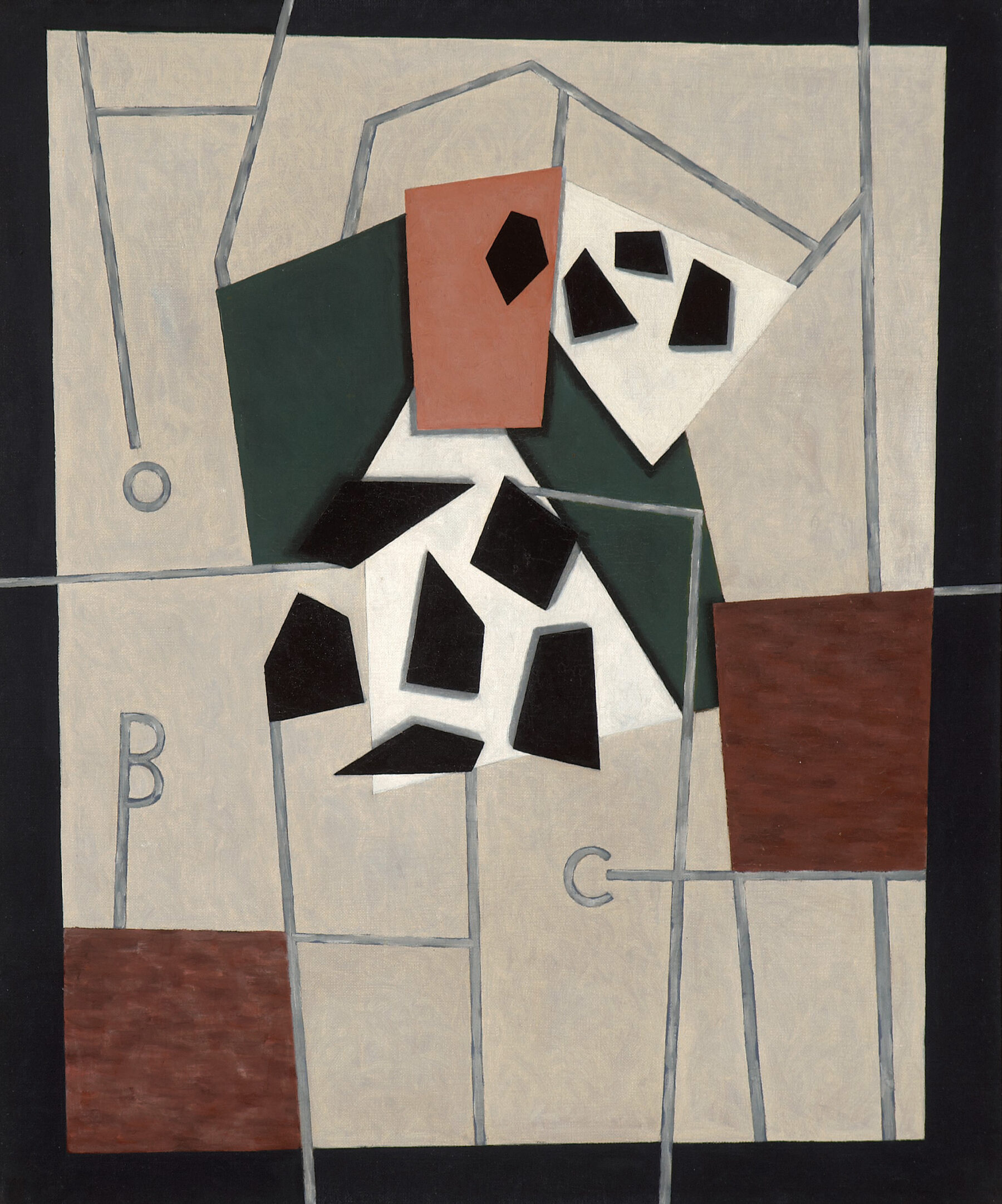George L.K. Morris
George L.K. Morris devoted his career to both avant-garde painting and sculpture. After studying with Kenneth Hayes Miller and John Sloan at the Art Students League in New York, he traveled to Paris in 1929 and 1930, where he became immersed in the tenets of abstraction. At the Acadèmie Moderne, he studied with devoted adherents to abstraction Fernand Léger and Amédée Ozenfant. By the mid-1930s, his work bore almost no traces of figuration.
Among his extensive network in New York was Albert Eugene (A.E.) Gallatin – a distant cousin of Morris’s – whose substantial collection of modern art became the foundation of the Museum of Living Art at New York University. Gallatin named Morris a curator of the museum in 1933. Together with Charles Green Shaw and Suzy Frelinghuysen (who married Morris in 1935), they became known as the “Park Avenue Cubists.”
Morris was also deeply involved in art writing and criticism. He and Gallatin were among the founders of the Paris-based journal Plastique, to which Hans Arp also contributed. He was involved in the creation of the Partisan Review and was the first author of its “Art Chronicle” column, which in later years was continued by Clement Greenberg and Robert Goldwater.
Composition was painted by Morris in 1941, during his involvement with the American Abstract Artists (AAA) group. The organization was co-founded by Morris and aimed to distinguish abstract, non-representational art from expressionism, realism, surrealism, and other artistic currents of the era. While his formal training was completed at the Yale School of Art and the Art Students League, Morris was most informed by his exposure to the cubist artists of Paris. Morris was committed to the principles of abstraction and worked to overcome resilience to the movement with his dynamic works of art. Defending the legitimacy of his style, Morris later stated, “While on the subject of technique I might paraphrase Ezra Pound (“poetry should be at least as well written as prose”) and suggest that abstraction should be at least as well painted as realism” (George L.K. Morris, George L.K. Morris: A Retrospective Exhibition, October 5-30, 1971, New York: Hirschl and Adler Galleries, 1971).
The precision and structure of Morris’ distinct abstraction is evident in Composition. Fractured, overlapping shapes of various colors are arranged on the canvas in a kaleidoscopic formation. A juxtaposition of texture is suggested in the squares painted as grained wood and the flat, saturated colors of the other forms. Cast-shadows from the irregular shapes imply depth in an otherwise two-dimensional canvas. Thin, intersecting lines join the geometric shapes, and are flanked with the graphic letters, O, B, and C. Morris used letters and numbers as design elements in other canvases, including Precision-Bombing (1944, Private Collection), and Ground Tension (1948, location unknown).
George L.K. Morris
Composition, 1941
Oil on canvas
24 ” x 20″
Signed, titled and dated on the verso
Provenance
Collection of the Artist
Gifted to the artist Balcomb Greene
Family of Balcomb Greene by descent
Private Collection
John and Susan Horseman Collection, St. Louis, Missouri
Private Collection, New Canaan, NY

